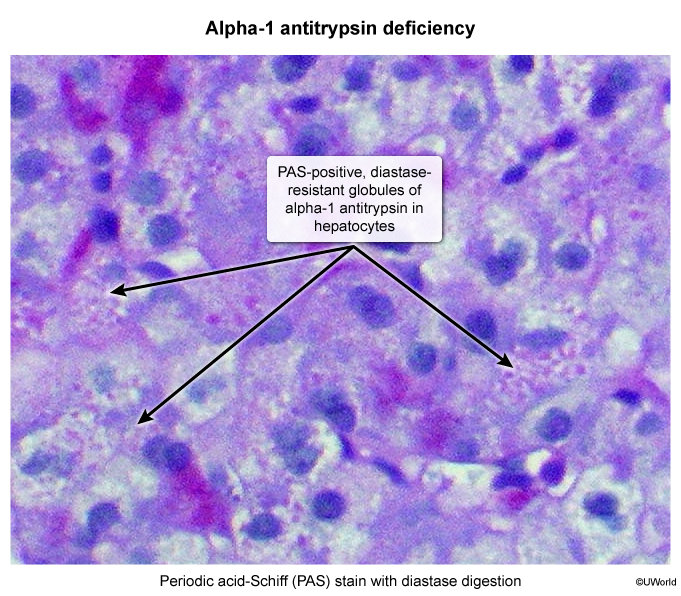Biliary Atresia
Article Sections
Introduction
Biliary atresia (BA) is an obliterative disease of the extrahepatic bile ducts that presents with signs and symptoms of biliary obstruction in the first 2 months of life. Without surgical intervention, BA can progress to cirrhosis, liver failure, and death.
Pathophysiology
The pathogenesis of BA likely involves complex interactions between various factors (eg, environmental triggers, genetic susceptibility).
An initial insult (eg, viral infection, environmental toxin) to the extrahepatic bile ducts (eg, common hepatic duct, common bile duct) triggers an immune-mediated inflammatory response that results in fibrosis of the extrahepatic biliary tree, including the gallbladder (Figure 1).
Over time, fibrotic obliteration (atresia) of the extrahepatic bile ducts obstructs bile flow into the intestines (cholestasis) (Figure 2). As a result, the following occurs:
- Impaired bilirubin excretion
Continue Learning with UWorld
Get the full Biliary Atresia article plus rich visuals, real-world cases, and in-depth insights from medical experts, all available through the UWorld Medical Library.
Figures
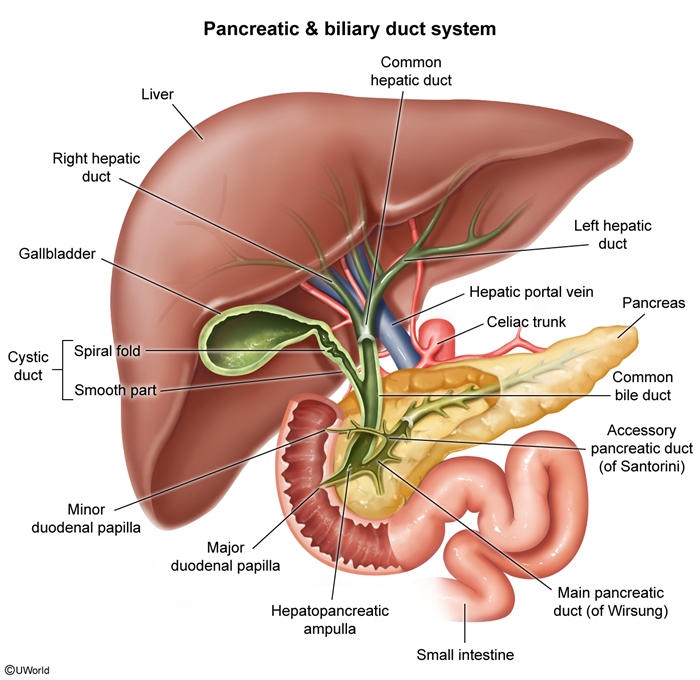
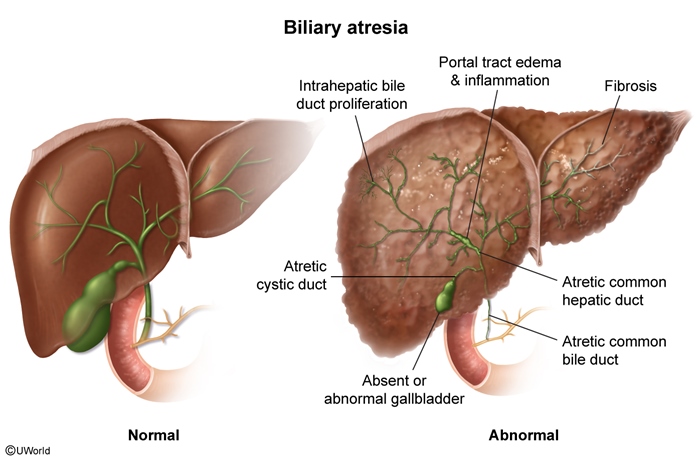
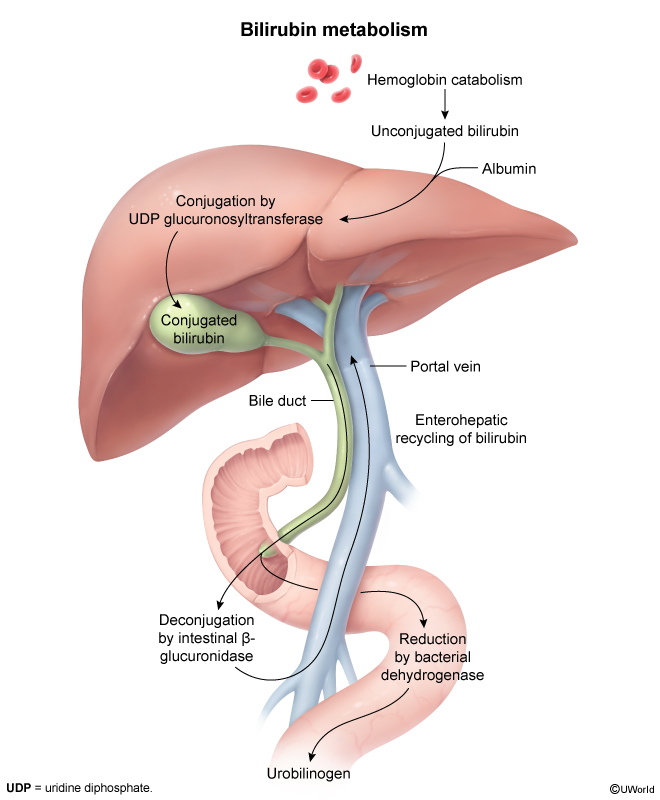
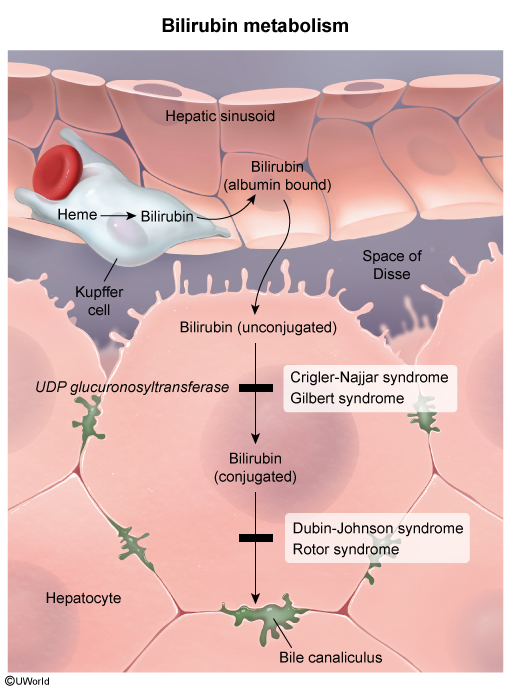
Images
